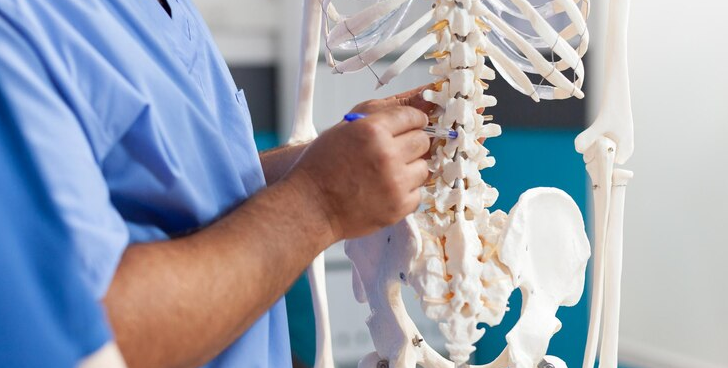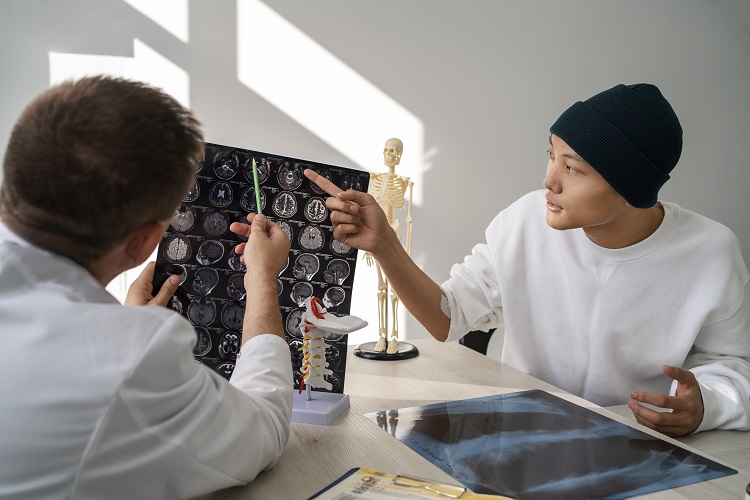The following is a summary of “ATP citrate lyase (ACLY)-dependent immunometabolism in mucosal T cells drives experimental colitis in vivo,” published in the March 2024 issue of Gastroenterology by Schulz-Kuhnt, et al.
For a study, researchers sought to assess inter- and intraobserver reliability in measuring Barrett’s esophagus length during two consecutive endoscopies conducted by either the same or different experienced endoscopists. Additionally, they sought to evaluate the relationship between Barrett’s mucosa length and the absolute change in Barrett’s length measurements on follow-up endoscopy.
Ninety-six patients with Barrett’s esophagus confirmed by intestinal metaplasia underwent two consecutive endoscopies. Two experienced endoscopists blinded to previous measurements meticulously measured and recorded the length of Barrett’s esophagus during both procedures. Only patients with long-segment (≥3 cm) Barrett’s esophagus were included.
Among the 55 patients who underwent consecutive endoscopies by the same endoscopist and the 41 patients examined by different endoscopists, the mean difference between the two measurements was 1.6 cm and 1.4 cm, respectively (P = 0.3). The agreement between Barrett’s length measurements was high in both groups, with slightly higher agreement observed for endoscopies performed by the same endoscopist (r = 0.79 vs r = 0.67). Linear regression analysis revealed a significant relationship between the absolute change in Barrett’s length and Barrett’s mucosa length (r = 0.28, P = 0.005). Specifically, for every 1 cm increase in Barrett’s mucosa length, there was a corresponding 0.15 cm increase in the absolute difference between consecutive endoscopic measurements of Barrett’s length.
Consecutive measurements of Barrett’s length, whether conducted by different experienced endoscopists or the same endoscopist, exhibited a high level of agreement. A variability range of ±1.4–1.6 cm was determined for Barrett’s length measurement. Clinically significant regression or progression of Barrett’s mucosa should be inferred only if the change exceeds this variability range. Additionally, endoscopists should consider that longer Barrett’s mucosa correlates with a greater absolute difference in Barrett’s length measurement on follow-up endoscopy.
Reference: gut.bmj.com/content/73/4/601



















